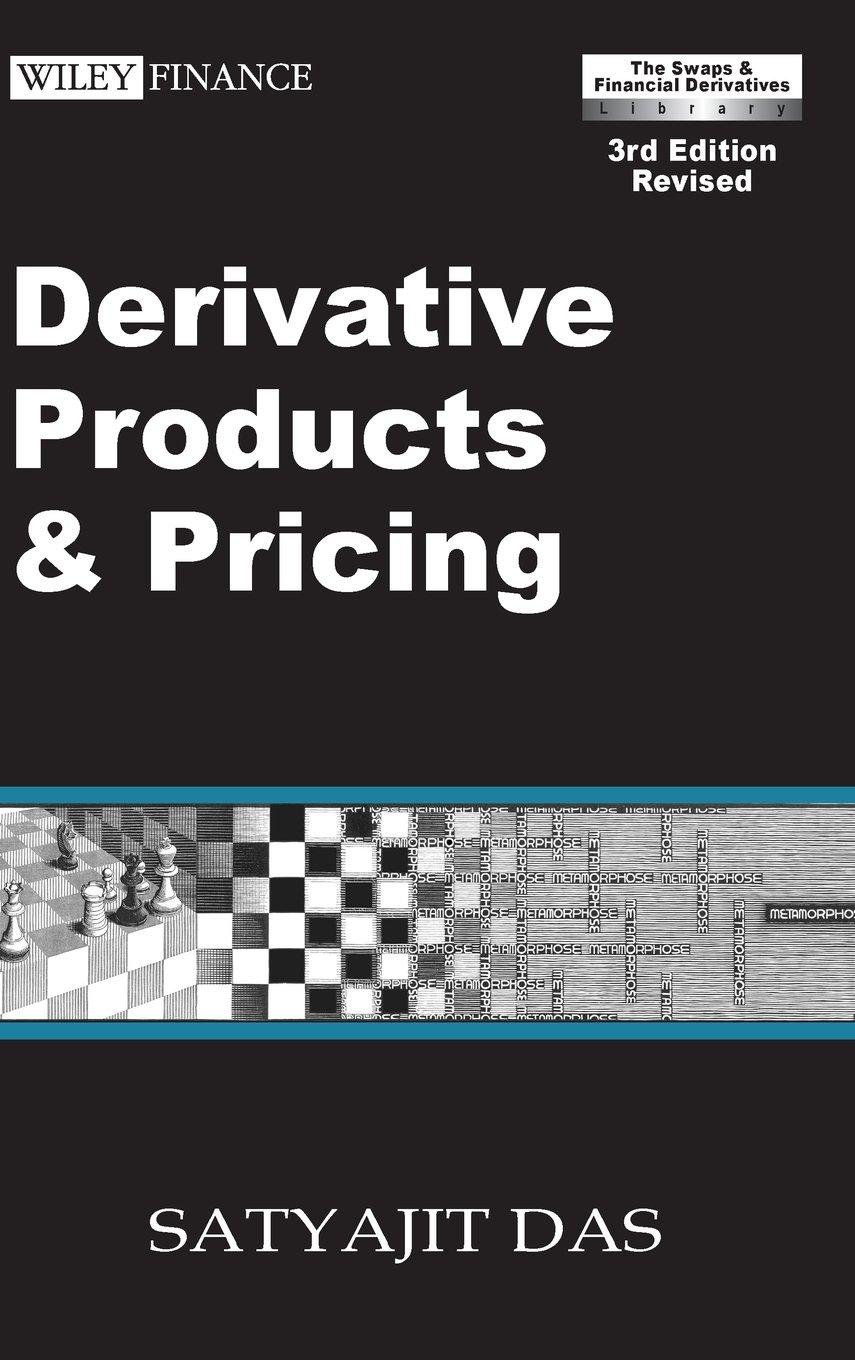Question
Create your own problem for each function listed below. FUTURE VALUE FUNCTION: FV = PV * (1+i)^n ^ means to the power of; FV =
Create your own problem for each function listed below.
- FUTURE VALUE FUNCTION:
FV = PV * (1+i)^n
^ means to the power of; FV = future value; PV = present value; i = interest; n = number of periods.
You can manipulate the FV formula to compute the PV:
PV = FV/(1+i)^n
Of course you could also solve for interest (i) or n (number of periods).
- ANNUITY FUNCTION:
PV of Annuity = pmt ((1/i)-(1/(i(1+i)^n))
pmt means periodic payment
You can solve problems using your calculator though in this course the expectation is that you will use Excel.
- PRESENT VALUE FUNCTION:
=pv(rate,nper,pmt,[fv],[type])
Example: What is the PV of $100 received 5 years from now if the interest rate is 3%?
=pv(rate,nper,pmt,[fv],[type])
=pv(.03,5,0,100,0)
$86.26
- FUTURE VALUE FUNCTION:
=fv(rate,nper,pmt,[pv],[type])
Example: What is the FV of $50 six years from now, if the interest rate is 8%?
=fv(rate,nper,pmt,[pv],[type])
=fv(.08,6,0,50,0)
$79.34
- NUMBER OF PERIODS FUNCTION:
=nper(rate,pmt,pv,[fv],[type])
Example: How many periods does it take for $20 to increase to $30, if the interest rate is 12%?
=nper(rate,pmt,pv,[fv],[type])
=nper(0.12,0,20,-30,0)
3.58 years
Note that the FV and the PV are opposite signs (inflow and outflow).
- INTEREST RATE FUNCTION:
=rate(nper,pmt,pv,[fv],[type],[guess])
Example: What interest rate is earned on an investment that grows from $25 to $40 over 3 years?
=rate(nper,pmt,pv,[fv],[type],[guess])
=rate(3,0,25,-40,0,0)
16.96%
Note the default formatting for the answer is as a percentage. This may not be acceptable; you will need to change the formatting to general so that your answer is not rounded inappropriately.
Note that the FV and the PV are opposite signs (inflow and outflow). It is generally not necessary to enter a guess.
- PAYMENT FUNCTION:
=pmt(rate,nper,pv,[fv],[type])
Example: What is the required annual payment that would be required to have $1,000,000 in 40 years, if an investor could earn 12% per year?
=pmt(0.12,40,0,1000000,0)
$1303.63
Step by Step Solution
There are 3 Steps involved in it
Step: 1

Get Instant Access to Expert-Tailored Solutions
See step-by-step solutions with expert insights and AI powered tools for academic success
Step: 2

Step: 3

Ace Your Homework with AI
Get the answers you need in no time with our AI-driven, step-by-step assistance
Get Started


